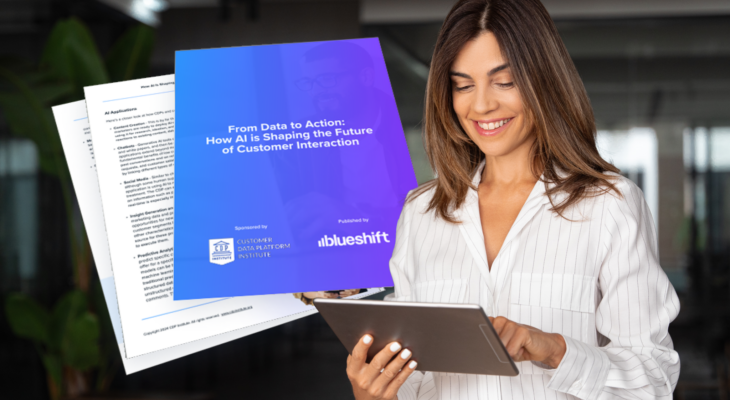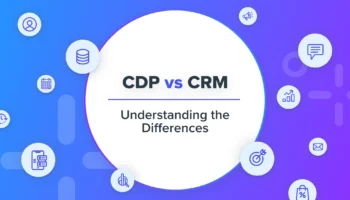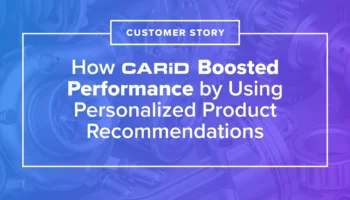Artificial Intelligence (AI) has officially transitioned from a buzzword to a transformative force in the world of marketing. If you’ve been keeping an eye on the latest trends, you’ll know that marketers are starting to move beyond the experimentation phase to real-world applications with tangible benefits. Let’s dive into how AI is revolutionizing Customer Data Platforms (CDPs) and customer data repositories, in general, and what this means for marketing teams striving to deliver personalized, effective campaigns.
TL;DR:
AI has moved from hype to real-world impact, helping marketers turn customer data into hyper-personalized, compliant, and high-performing campaigns. When integrated into Customer Data Platforms (CDPs), AI enhances data quality, improves targeting, and enables predictive, real-time engagement that drives measurable business results.
- Smarter data management: Automates data cleaning, unification, and identity resolution while ensuring privacy compliance.
- Advanced personalization: Delivers dynamic, real-time content tailored to each customer’s behaviors and preferences.
- Actionable insights: Uses AI to uncover patterns and segment audiences for targeted campaigns.
- Predictive capabilities: Anticipates customer needs with accurate product recommendations and behavior forecasts.
- Campaign optimization: Continuously improves results through performance analysis and data-driven adjustments.




